Protein is crucial to supplying muscle tissue with the building blocks it needs for its growth. In no particular order:
0 Comments
What the fitness is the PTC ratio?
It’s an acronym I made up (and promptly copyrighted, of course) that stands for “protein-to-calories” ratio. Biology is the most powerful technology ever created. DNA is software, protein are hardware, cells are factories. Everyone knows protein is important for muscle growth.
But why? How much do you need? How often should you eat it? And is it true that we can only digest and absorb 30 gr of protein at a time? This article is going to answer all of these questions and more, using the latest research on the topic of protein intake and muscle growth. Here’s what you’ll learn:
Keep reading to maximally stimulate your brain protein synthesis. I have learned not to bother with no-carbohydrate diets or extreme nutritional strategies. It is much better to go for a balanced approach which you can make your long-term routine. If you’ve been dabbling in the fitness world in the last few years, you might have heard of macros. Short for “macronutrients”, this term refers to protein, carbohydrate, and dietary fat.
Tracking macros is a common approach to losing fat, gaining muscle, or simply maintaining weight. Some people track all three macros; others only track calories; and others still track a combination of both. All of these methods can be effective, so your choice will depend on your personal preferences and fitness goals. But how do macros work? What’s the difference between macro- and calorie-tracking? And how do you set your own macros to get the best results? Keep reading to learn the answers to these questions. |
Nikias TomasielloWelcome to my blog. I’m an online fitness coach with a passion for bodybuilding, fantasy, and bread. Want to work with me? Check out my services!Archives
May 2024
Tags
All
|
Follow me on social media |
Get in touch |
© 2018-2023 Veronica Tomasiello, known as Nikias Tomasiello – All rights reserved

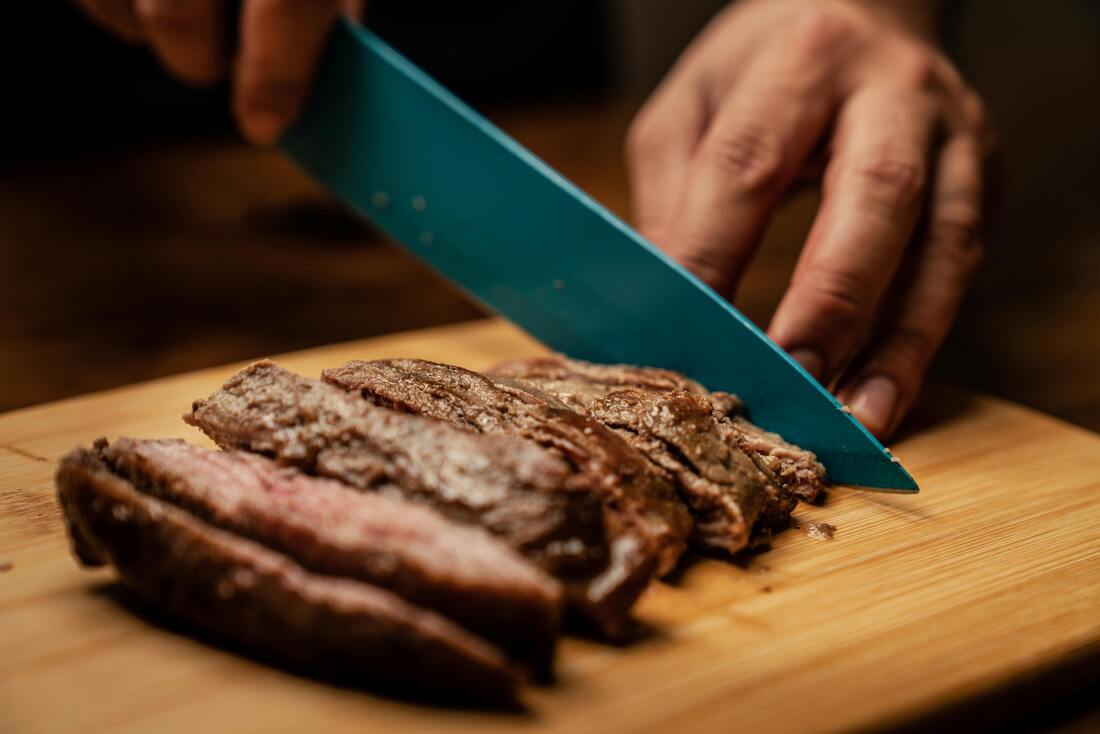
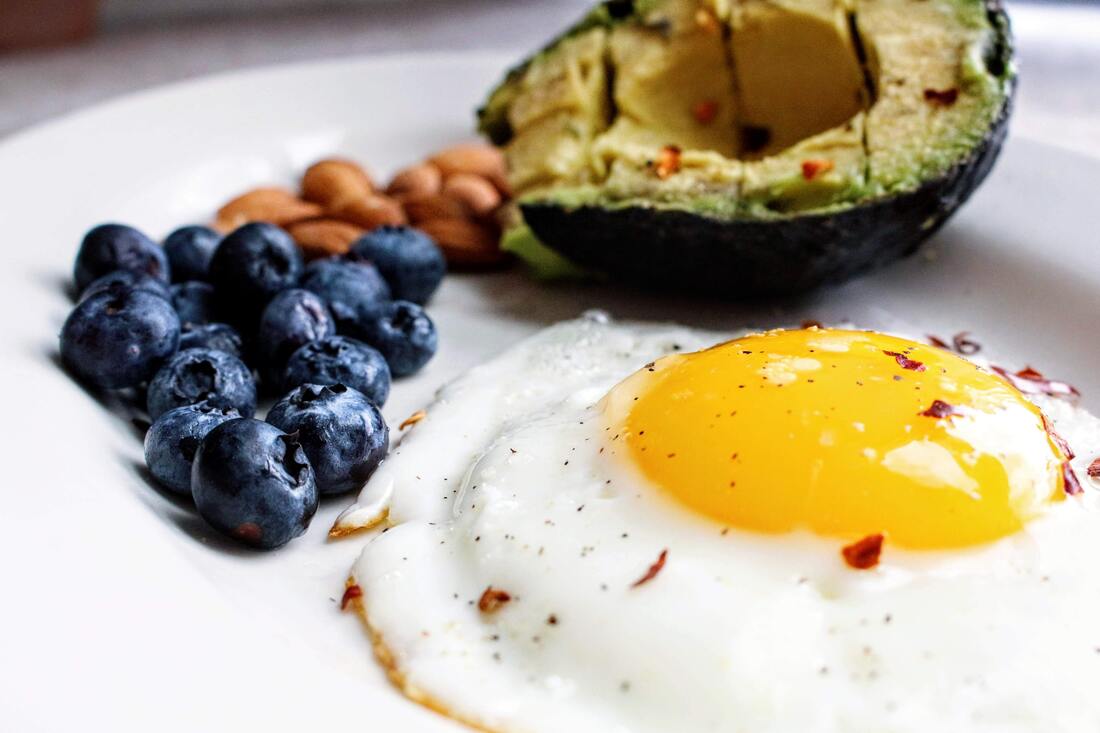
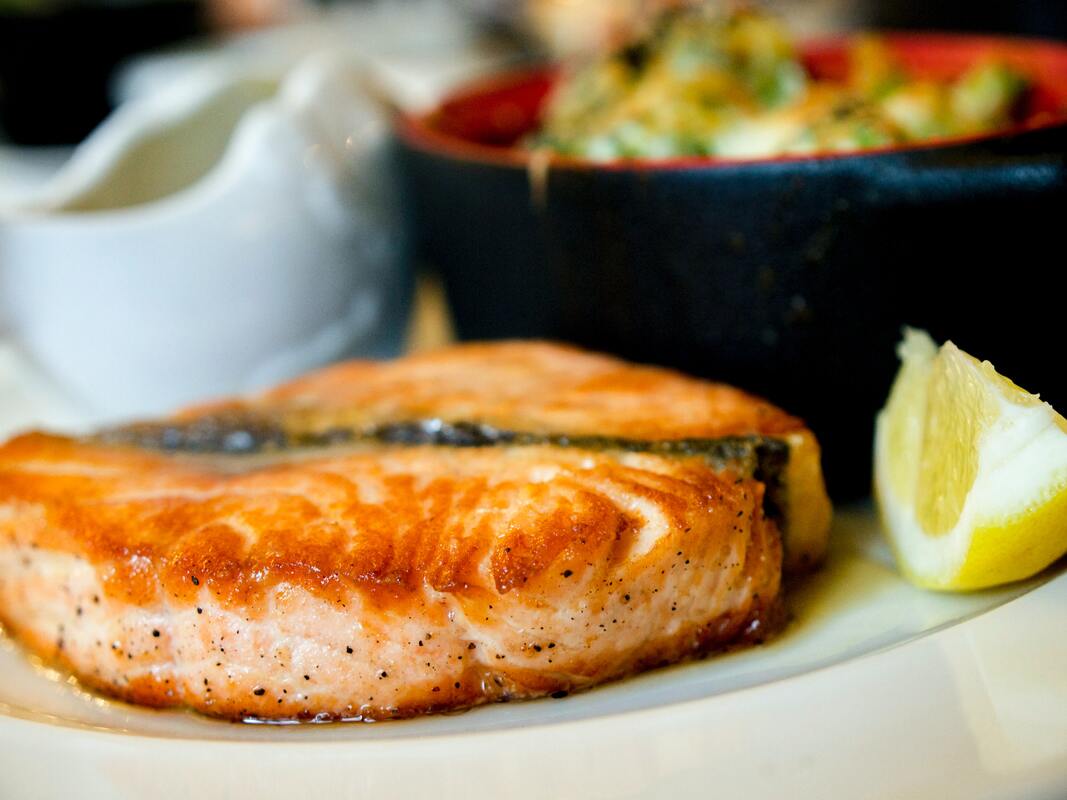
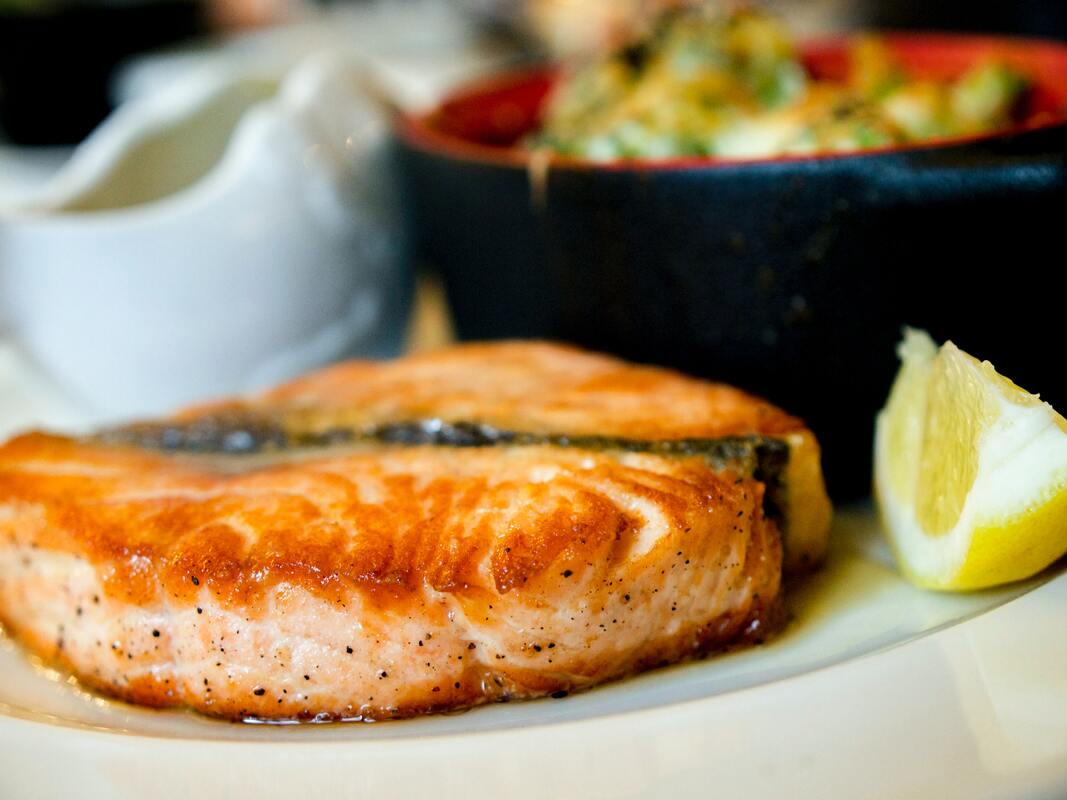
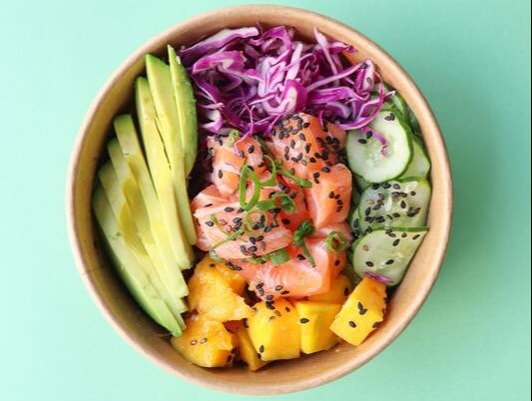
 RSS Feed
RSS Feed